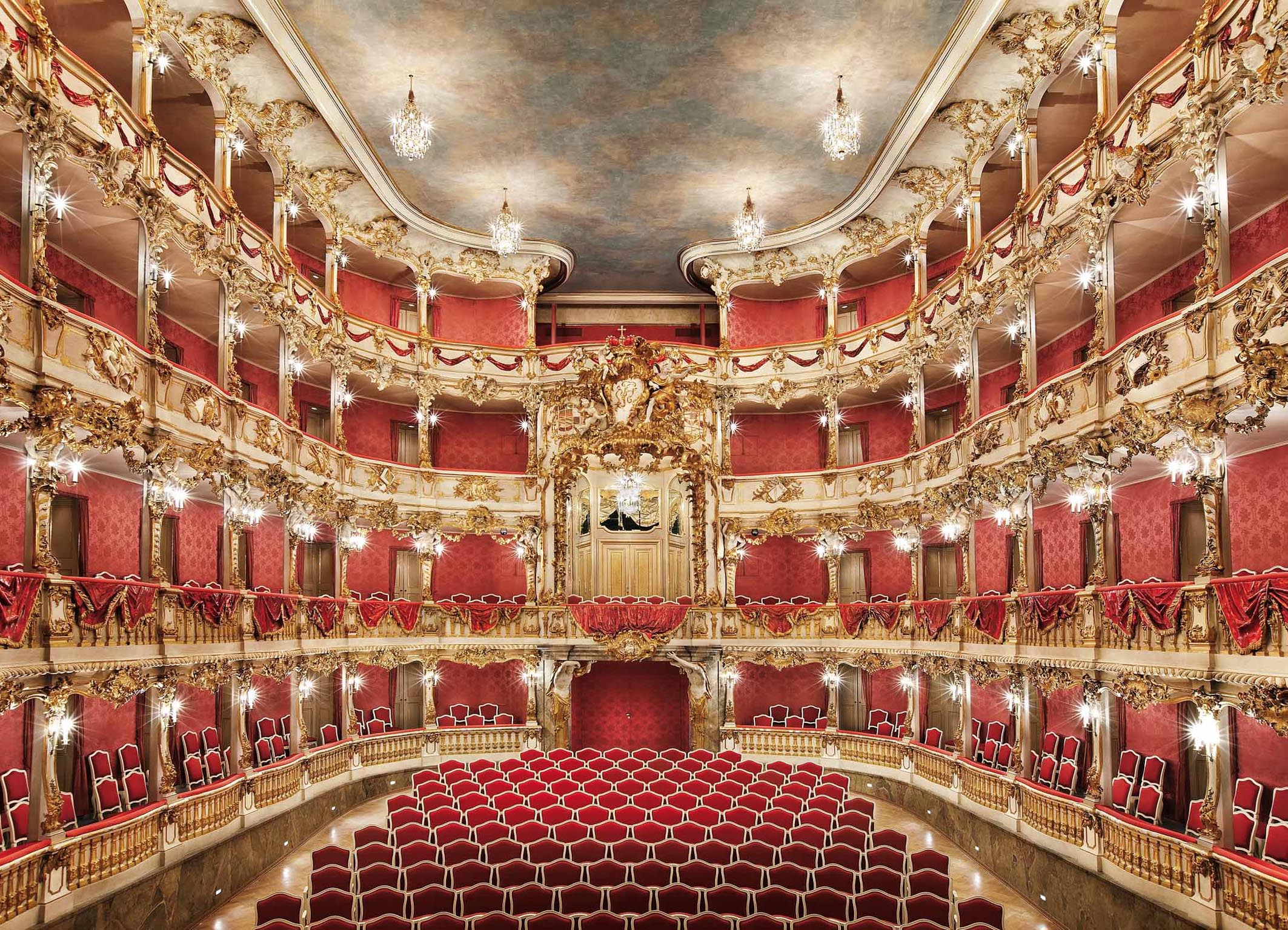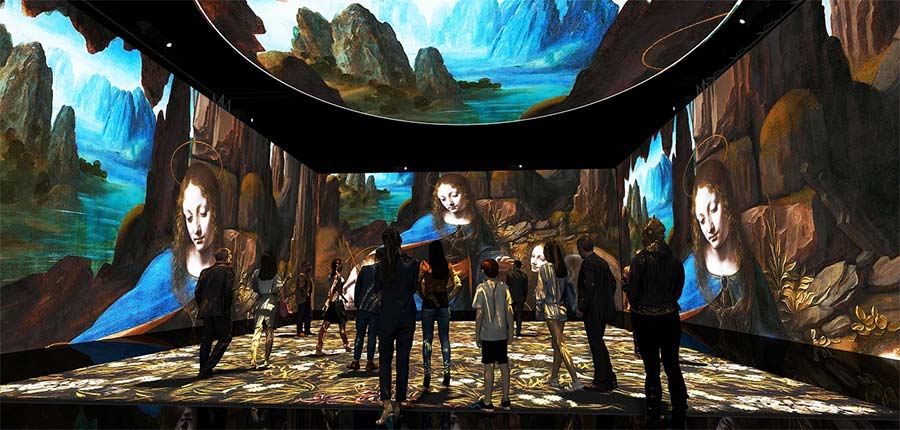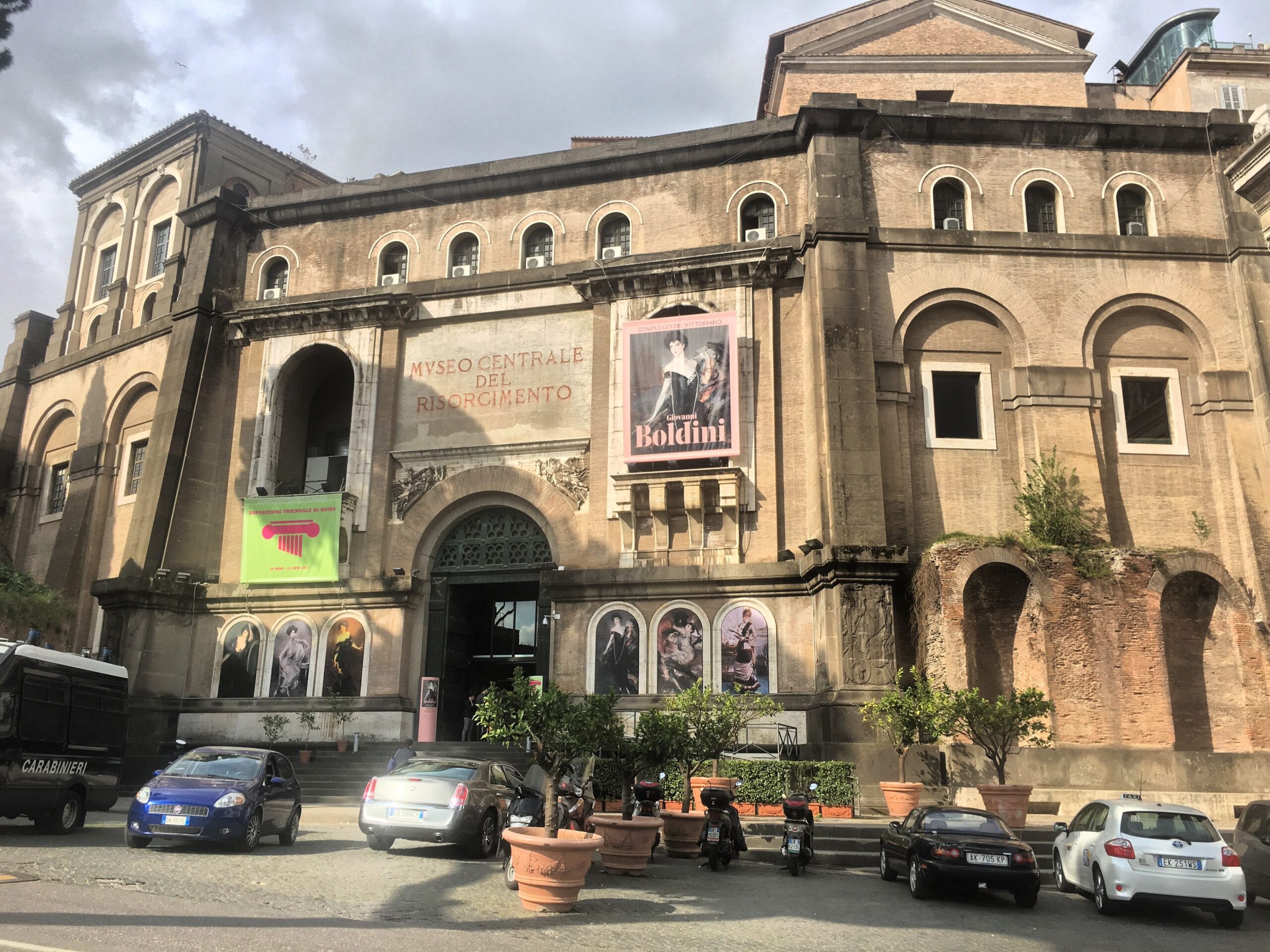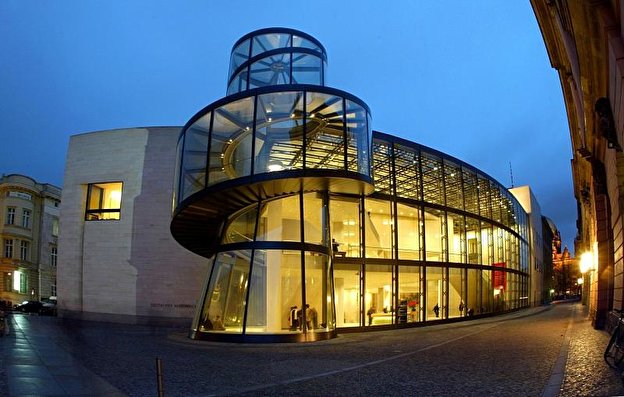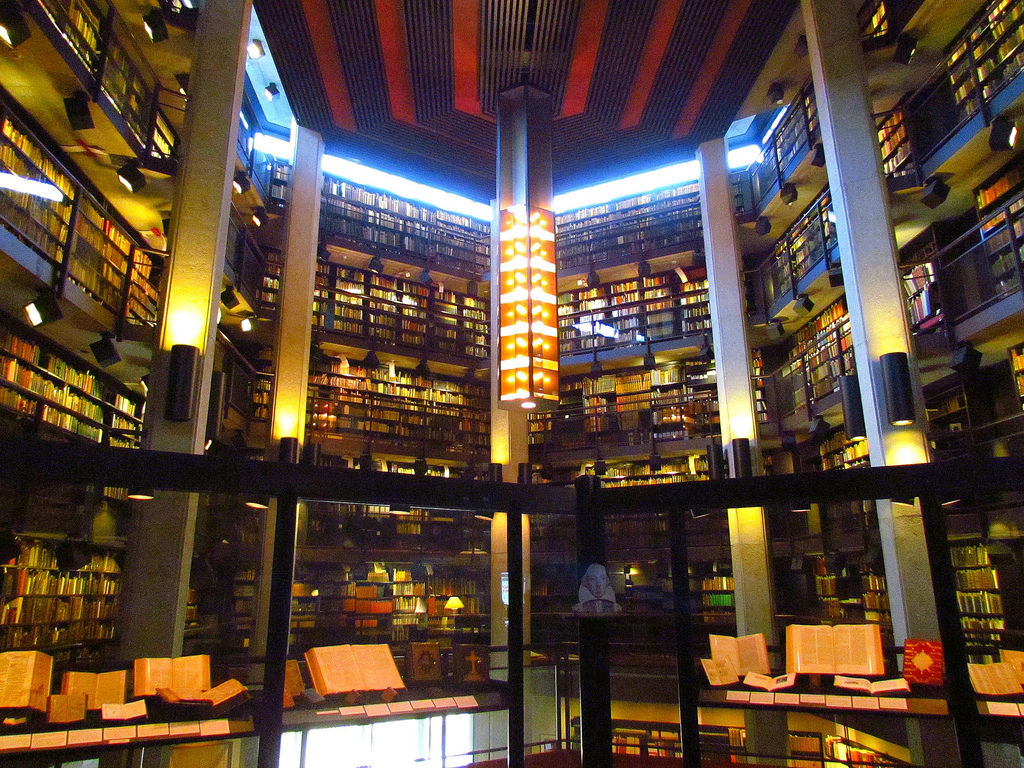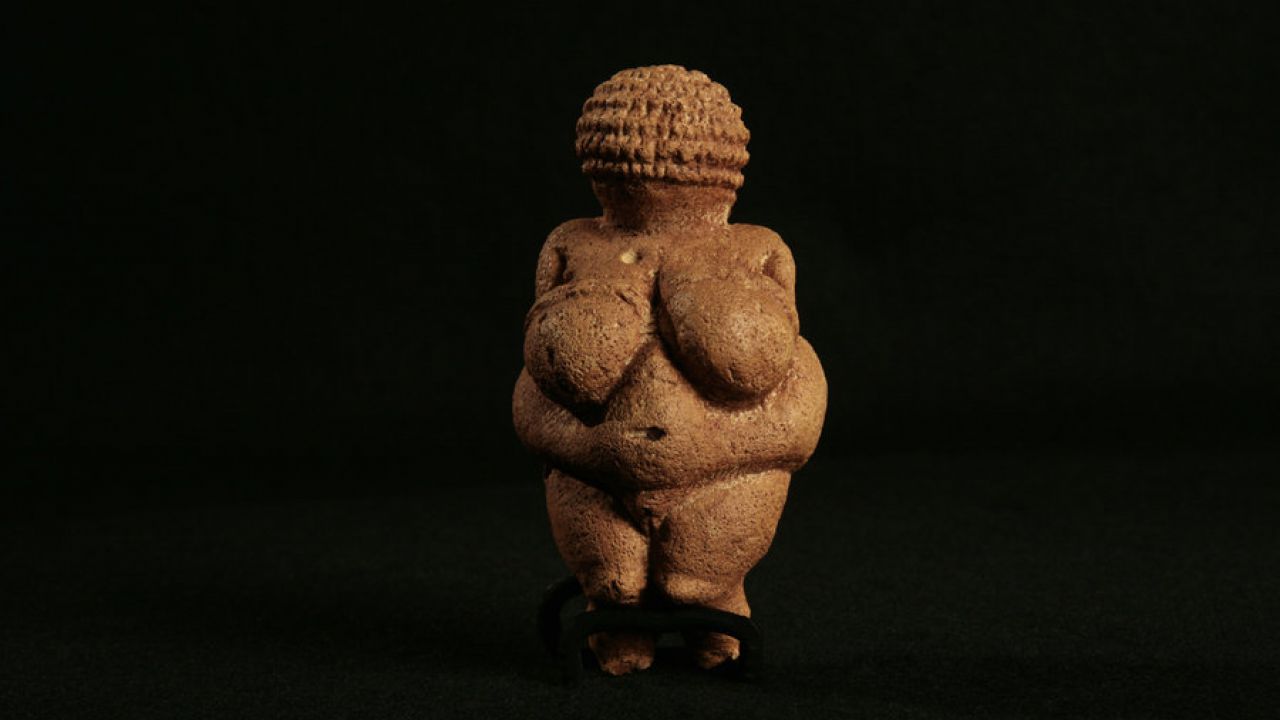The Cuvilliés Theater, one of the most beautiful and famous Rococo theaters in Europe, is located within the monumental complex of the Residenz, the Royal Palace of Monaco. Its origin dates back to 1750 when Maximilian Joseph III, the elector of Bavaria, decided to have a new Opera House built for the court of Munich, the "Neues Opera Haus". The architect François Cuvilliés was commissioned to prepare the project. At the beginning of July 1751, work began with the laying of the foundation stone. The architect Cuvilliés directed the work with the assistance of his 19-year-old son, the court manpower and the Italian set designer Gianni Paolo Gaspari.
At the end of July 1752 the construction is well underway, there is the laying of the sloping roof and a party is organized. Immediately afterwards work begins inside, inserting the wooden floors, the structures of the boxes, also in wood, garnished with putti, columns, herms, drapes, rocaille and balustrades: a triumph of rococo! The work continued for over a year in the workshops of the master carpenters and sculptors for the realization of the friezes obtained from the drawings of the Cuvilliés. In the same workshops the colour lacquering of the sculpted parts is carried out, as well as the marbling of the columns. Wood is used as it offers an excellent musical resonance. The ceiling, frescoed by Dominikus Zimmermann, depicted a mythological theme in honour of Mercury and Minerva. On October 12, 1753, on the occasion of the name-day of the elector prince Maximilian Joseph III, the new theatre was inaugurated with the Italian opera "Cato in Utica", on a libretto by Pietro Metastasio and music by Giovanni Ferrandini. The prince attends the performance in ecstasy with his wife, sitting in the splendid stage of honour surmounted by his initials and the princely crown supported by two cherubs. The theatre is illuminated by more than 1,300 candles, placed on wall sconces and crystal chandeliers.
